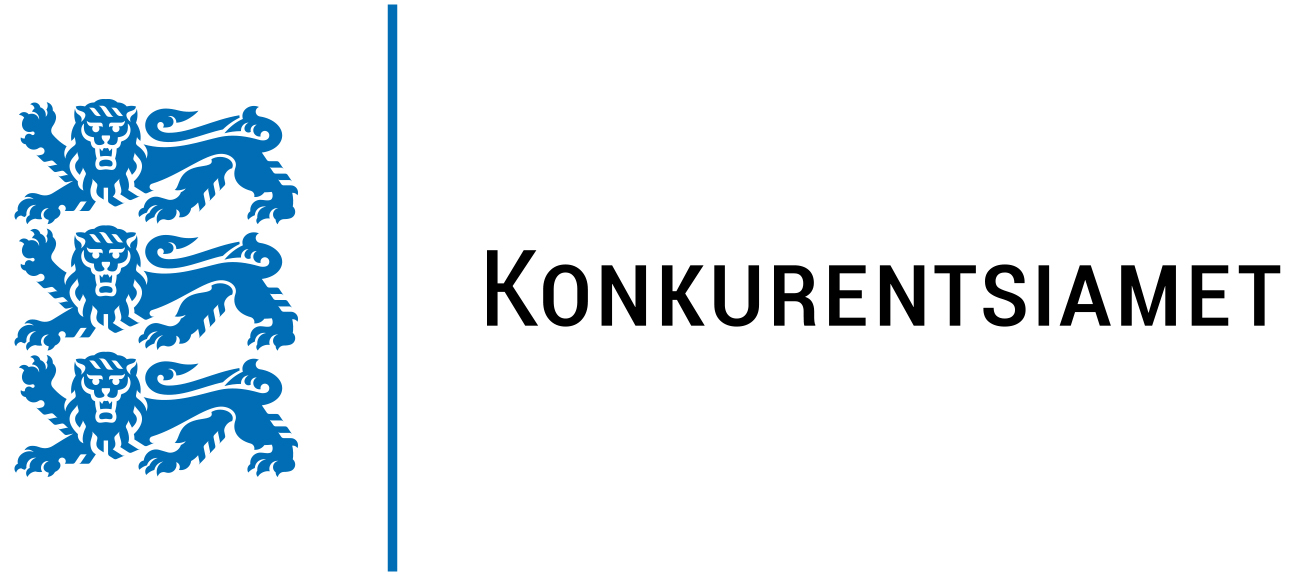THE INSOLVENCY DIVISION HAS THREE TASKS:
1) to supervise the activities of the debtor and persons connected with it in connection with the bankruptcy proceedings of the assetless debtor and to investigate potential unlawful conduct of the debtor and connected persons in causing insolvency
In the performance of its tasks, the Insolvency Division performs special audits and public investigations and makes proposals to the bankruptcy trustees in conducting bankruptcy proceedings.
The Insolvency Division does not exercise supervision over the persons specified in subsection 2 of § 2 of the Financial Supervision Authority Act, i.e. persons authorised and supervised by the Estonian Financial Supervision Authority.
2) The Insolvency Division is also amongst others responsible for exercising administrative supervision over bankruptcy trustees in bankruptcy proceedings regarding the lawful conduct of proceedings and especially appropriateness of the costs of bankruptcy proceedings.
3) The Insolvency Division contributes to the development of common insolvency practices in bankruptcy, reorganisation and debt restructuring proceedings and in proceedings for the release of natural persons from their obligations.
THE INSOLVENCY DIVISION MAY SUBMIT A REQUEST TO THE COURT FOR IMPOSING A PROHIBITION ON BUSINESS
In case of the legal person’s bankruptcy, the court may order who of the debtor’s connected (related) persons specified in subsections 1 and 3 of § 19 of Bankruptcy Act must not act as a member of a management body of a legal person, a liquidator of a legal person or a procurator until the end of the bankruptcy proceedings.
In special cases such as convicted criminal offences the term of business prohibition may be extended to three years after the end of the bankruptcy proceedings.
A court shall provide reasons for applying a prohibition on business and determine the extent of applying a prohibition on business.
A court shall apply a prohibition on business especially if a person has made a grave error in management specified in subsection 2 of § 28 of Bankruptcy Act, whereas such grave error in management may be material violation of the obligation to file a bankruptcy petition in due time.
Last updated: 22.07.2024
